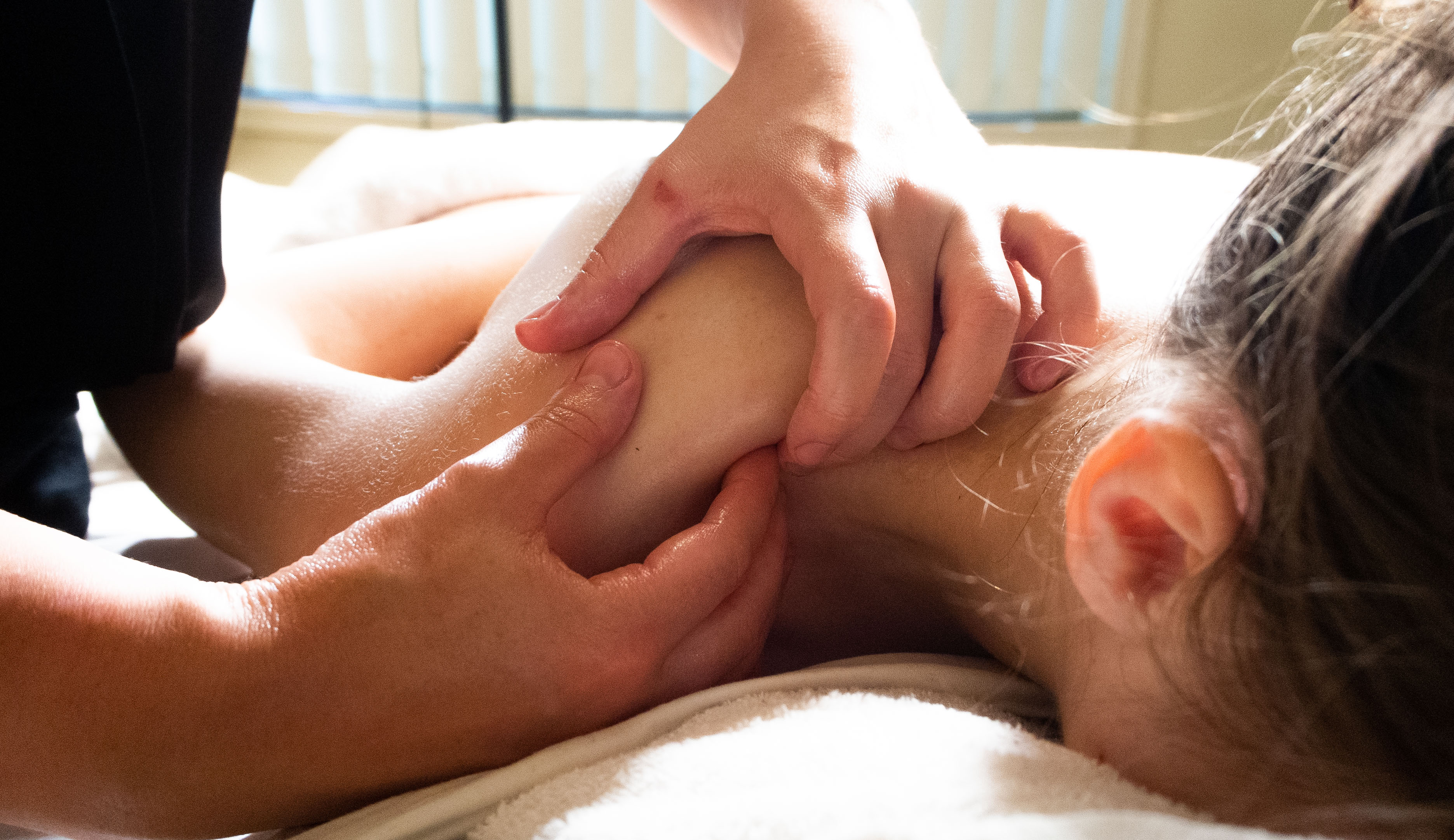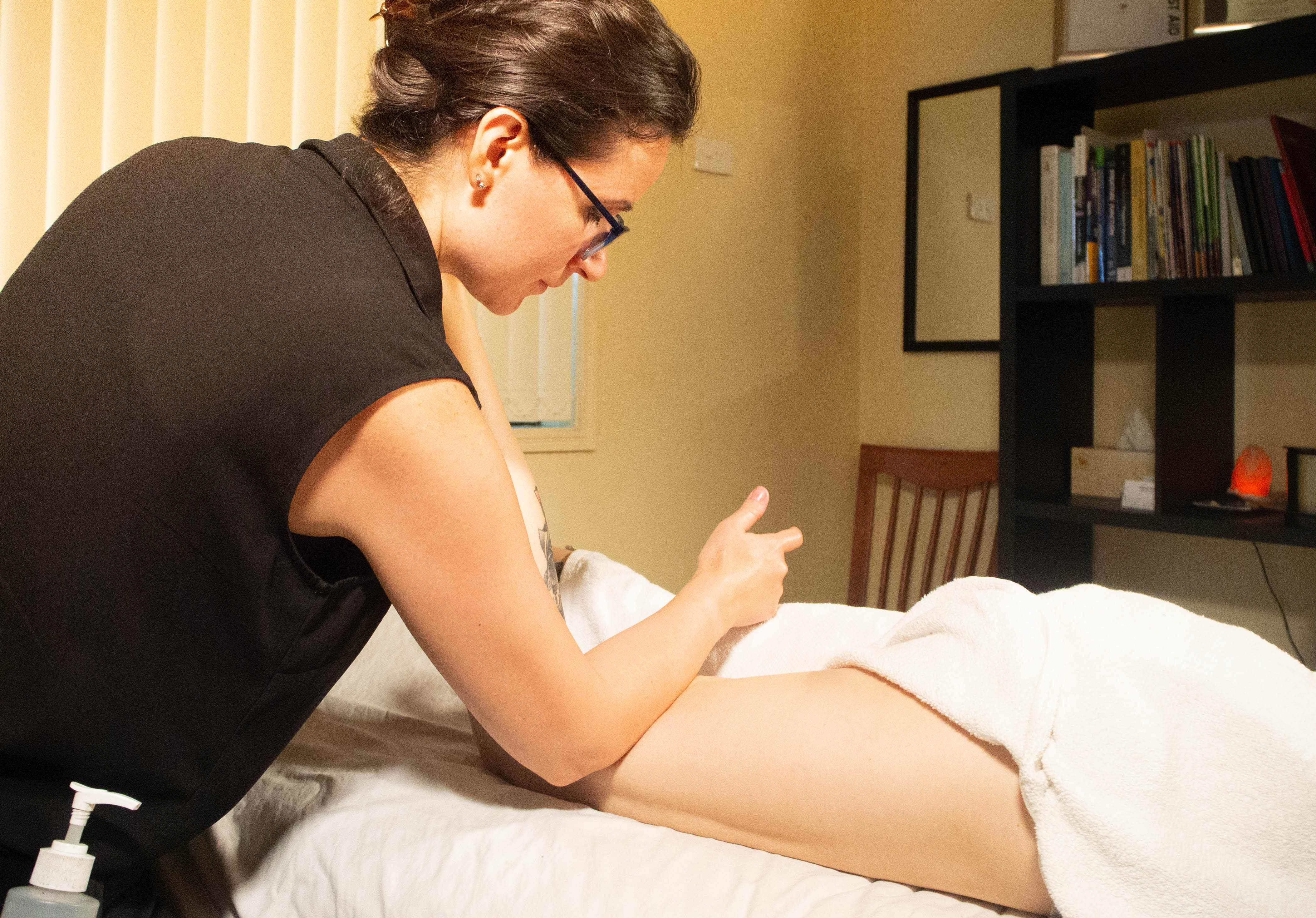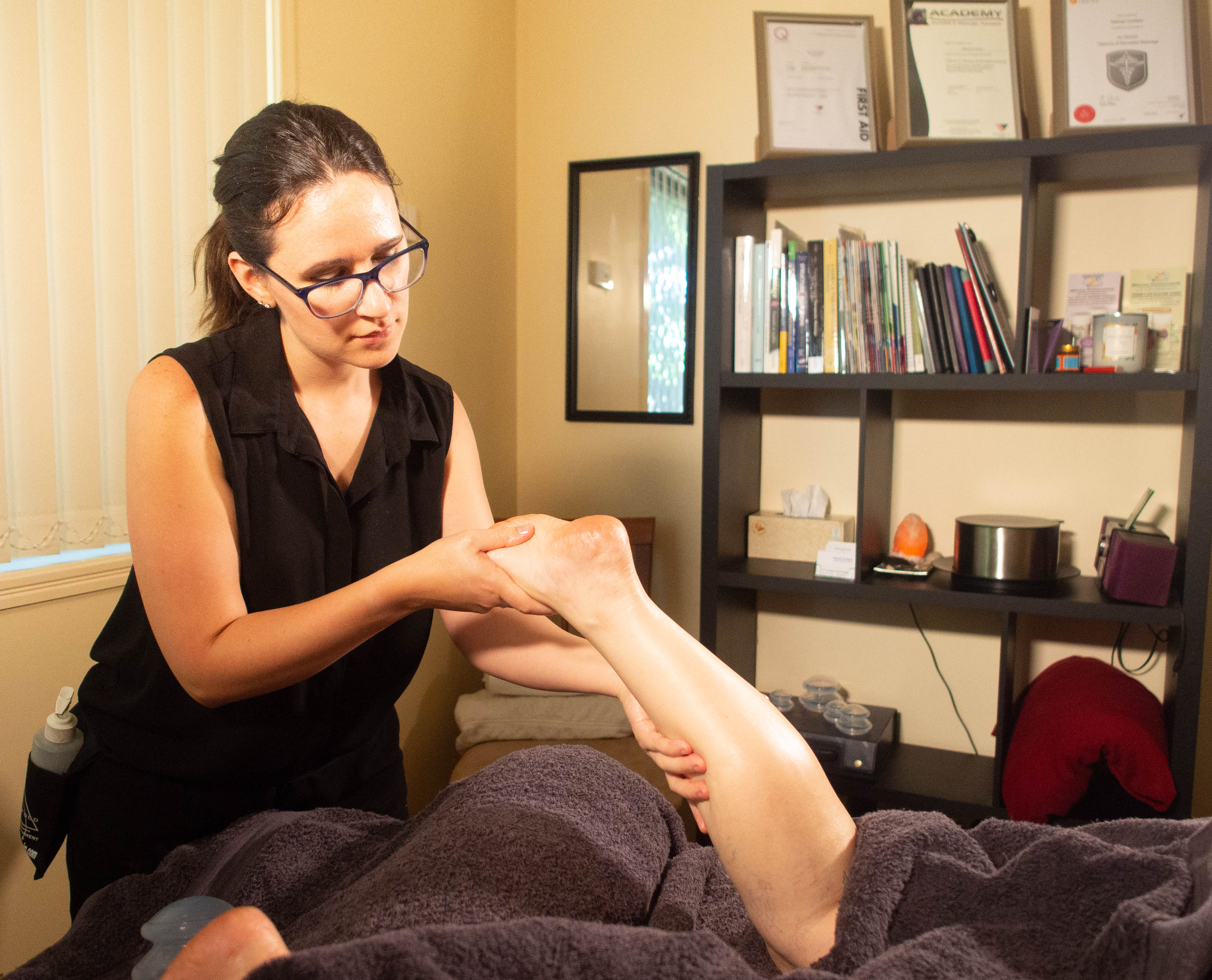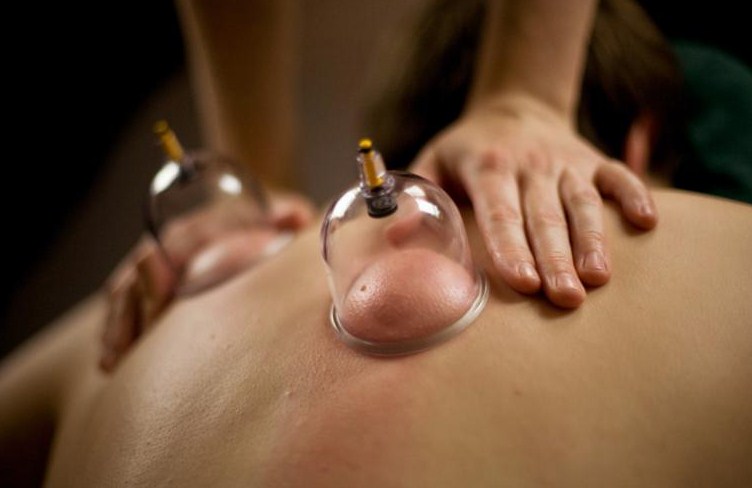Massage is more than just a pamper session. Below are some of the different types of massage that we offer.
Treatment for muscular problems such as trigger points (knots) and tight fascia (connective tissue). Remedial techniques specifically treat painful areas with a goal to start the healing process and restore normal function. This can often involve movement tests, facilitated stretching, and muscle energy techniques. It is not a relaxing massage, and does not always involve the deep tissue. It often involves quite superficial work to stimulate the nervous system, rather than a lot of firm kneading of the tissue.
Elements of remedial massage will usually be incorporated into any other treatment without you even realizing, even in a relaxation massage. Often when people request remedial massage, they are actually wanting a deep tissue massage with some remedial techniques included.

This is that lovely firm kneading massage, thoroughly getting into the deeper layers of muscle. It also involves myofascial release, which is treating the connective tissue (fascia) that holds the muscles in place. It is comforting and satisfying, relieving those deep aches and pains you feel, and loosening up the tissue.
People often assume that "deep tissue" is talking about firm pressure. Actually, it's talking about the deep layers of tissue, rather than the pressure applied to them. The tighter your muscles, the more tender they will be, but there’s no call for brutality in massage – the pressure is within your control at all times!

For relaxation. This is beautiful and soothing, involving long, smooth strokes. It does not go too deep into the muscles, but it does have many benefits. It focuses on blood circulation, flushing toxins, stress relief, and the release of superficial muscles. It is generally a full-body treatment, but as with any massage, you can choose to stick with certain areas if you prefer, i.e. back/neck/shoulders.

This is great for either before or after sport/gym. Pre-sport will involve a more vigorous rubbing and stretching to prep the muscles for action. Post-sport will be aiming to relax those muscles after their hard work, preventing that all-too-familiar muscle ache after activity known as delayed onset muscle soreness or DOMS. Once DOMS has kicked in, the muscles are definitely more tender to massage, but it’s still very beneficial to begin the healing process. Massage will flush the toxins, relax the muscles, and get the blood flowing to the deeper tissues to nourish and heal.

An ancient art that focuses on purging muscles of toxins and old blood (waste products). It involves placing suction cups onto muscles to draw blood and toxins up through the tissues. This drawing action also means that healthy blood is flowing into the muscle fibres, bringing nourishment and healing. This treatment is gentle, non-invasive, and it beautifully complements massage therapy. The build-up of toxins and old blood in your body can make you feel stiff and unwell. Sometimes just massaging the muscles isn’t enough if the tissue needs to be cleansed as well.
Cupping will leave marks behind, and these are often mistakenly referred to as bruises. This is not correct, as bruises are the result of traumatic downward force to the tissue. Cupping is a gentle treatment, and the force is pulling up, not pushing down. The cupping marks can last anywhere from a day to two weeks, and the redness should lessen over that time. The more pathology beneath the skin, the more prominent the marks will be. When you have received regular cupping, you will most likely notice that the marks show up less and less as the underlying tissue becomes cleaner and healthier.
Cupping also achieves a lot of the same results as massage by stimulating blood flow and lifting the tissues. Because of this, I find it very useful when I have many areas to address in a massage. I can cup one area while I massage another, covering more ground in the limited time I have for each treatment.
